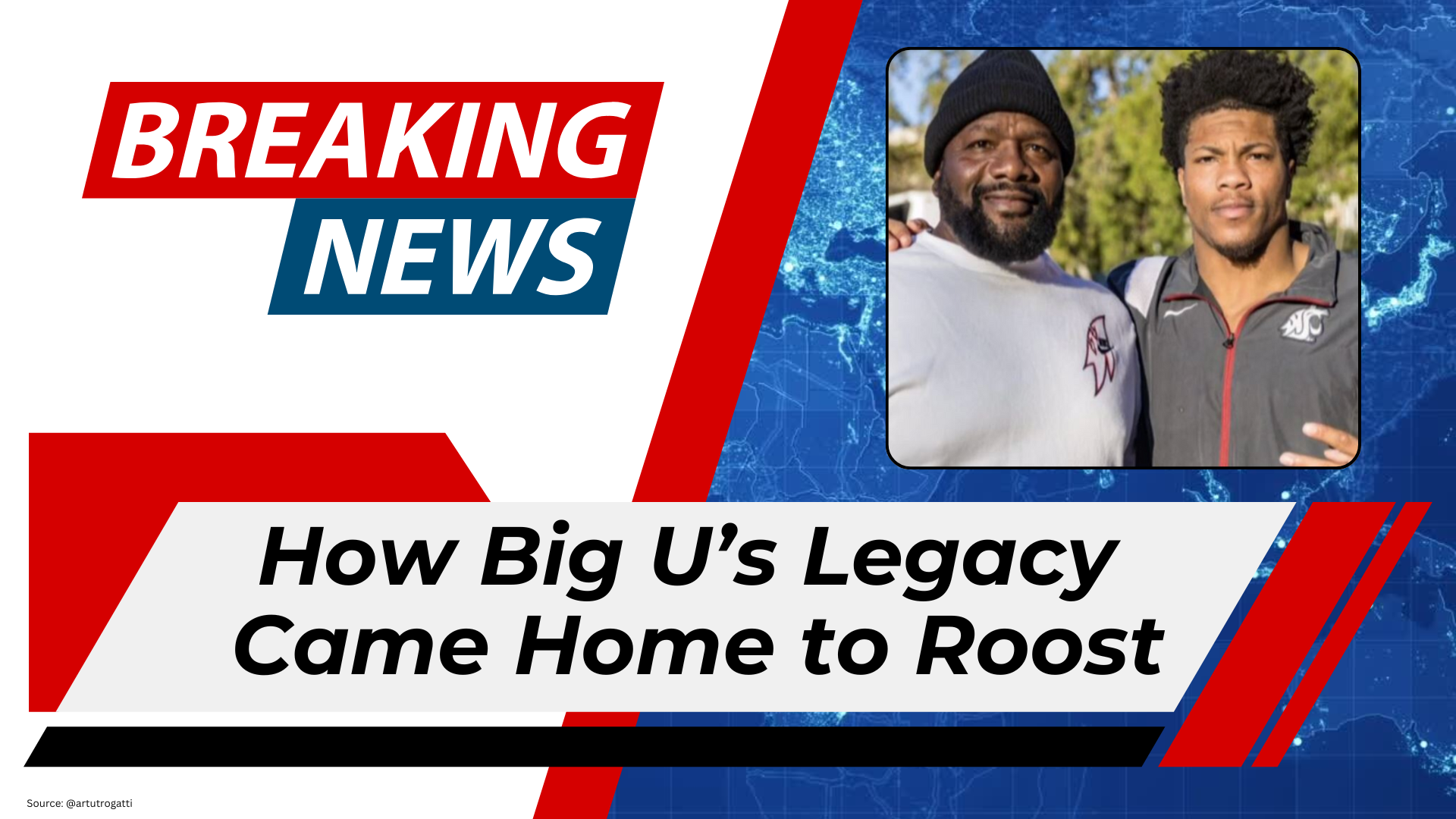Epstein Files Unsealed: What Was Released, What Wasn’t, and Why It Happened Now
After months of pressure, political feints and a public appetite for answers that refuses to fade, Congress has posted a large cache of documents tied to Jeffrey Epstein. The release promises transparency yet also underscores the limits of what government can, and will, reveal. What changed, what didn’t, and why so many Americans still doubt the official story are the real contours of this moment.
The trove runs to tens of thousands of pages—an avalanche of PDFs, interviews, court exhibits and administrative records—made public by a House committee determined to show it is acting on the case. The political subtext is hard to miss: a move timed to blunt a bipartisan push to compel broader disclosures, and to answer a restive public that keeps asking what else the government is holding back.
For all the spectacle of the upload, the substance is more modest. Newsrooms that parsed the files say much of the material had already been available in some form. The genuinely new items appear to be a limited subset—including U.S. Customs and Border Protection flight-log records that had not been central in prior disclosures. The headline number is large; the needle movement, less so.
Why now? The timing traces back to a rare pairing on Capitol Hill: representatives from opposite parties moved to force a vote demanding comprehensive, unclassified records from the Justice Department, including FBI holdings. Rather than cede the initiative, House leaders pointed to ongoing committee work and opted to publish a tranche on their own timeline. The gambit may dull the urgency of the petition, but it does not satisfy its scope—and its backers say they will press ahead alongside survivors.
Public sentiment has been tilting toward disclosure for weeks. Polling has found deep suspicion about official handling of the case and scant confidence in the federal approach; only a sliver of respondents approve of how the matter is being managed. That mistrust is not confined to any single party. The broad conviction that something is being withheld continues to fuel calls for sunlight as the only path back to credibility.
What did the files actually add? In practical terms, they round out a public record already thick with court filings, victim statements and investigative correspondence stretching back nearly two decades. The committee says it wants to centralize and standardize access; critics counter that a scattershot upload, with uneven redactions and indexing, risks burying the few novel nuggets beneath thousands of familiar pages. Early reads suggest the batch leans heavily on known materials, with occasional additions like CBP logs and digital artifacts that enrich timeline work but stop well short of settling the most contested questions.
The sharpest line still runs through grand jury secrecy. A federal court has rejected access to grand jury transcripts—one of several rulings that have closed the door on that class of material for now. The decision underscores a tension animating the entire debate: the law’s protective shell around grand jury proceedings versus a political culture insisting the public should see everything. Those transcripts remain out of reach.
Survivors, whose courage pulled Epstein’s abuse into the open long before politics took an interest, watch each release with a mix of hope and wariness. More documents can validate their accounts; more noise can also re-traumatize and misdirect attention. Responsible disclosure means redacting victims’ identities, contextualizing raw exhibits and avoiding the web’s favorite mistake: treating every unverified line item as a smoking gun. On that score, even some supporters of maximal transparency concede that process matters as much as volume.
The politics are more tangled than the PDFs. The White House has signaled support for openness while also defending decisions to hold back certain records. Congressional Republicans frame the document dump as proof they are delivering; Democrats call it performative and redundant. Meanwhile, bipartisan transparency pushes keep the pressure on leadership to move beyond symbolic uploads to comprehensive, orderly disclosure with clear guardrails for privacy.
Outside Washington, the cultural churn continues. The mythology of a hidden “client list” thrives in online ecosystems that can conflate rumor, redacted names and unrelated documents into a single, all-purpose conspiracy—one that no release, however large, can fully extinguish. Officials have repeatedly said there is no secret roster that fits the internet’s favorite narrative, and yet the narrative persists, reshaped by each new PDF. The latest batch, sprawling and uneven, is unlikely to end that cycle.
Still, the release is not meaningless. For researchers and reporters, CBP flight data and other slivers of fresh material are puzzle pieces that refine itineraries, corroborate travel windows and sometimes surface contradictions worth testing against sworn testimony. For victims, every properly handled disclosure is an incremental acknowledgment of harm. And for the public, the act of publication—imperfect as it is—creates a baseline from which to measure whatever comes next.
What remains? Potentially, a lot: additional committee tranches, further Justice Department cooperation, and—if Congress ever takes it up—clearer statutory direction on how to balance transparency with privacy in high-profile abuse cases. The immediate question is not whether lawmakers can upload another mountain of pages, but whether they will build an index, a map and a process that lets the public—especially victims—navigate it without getting lost. Until then, the appetite for answers will continue to outrun the supply.
In the end, transparency is only as persuasive as the method that delivers it. The country does not lack for documents; it lacks for clarity, continuity and care. If those arrive, the public might finally feel it has something the PDFs alone could never provide: confidence.





.jpg)


